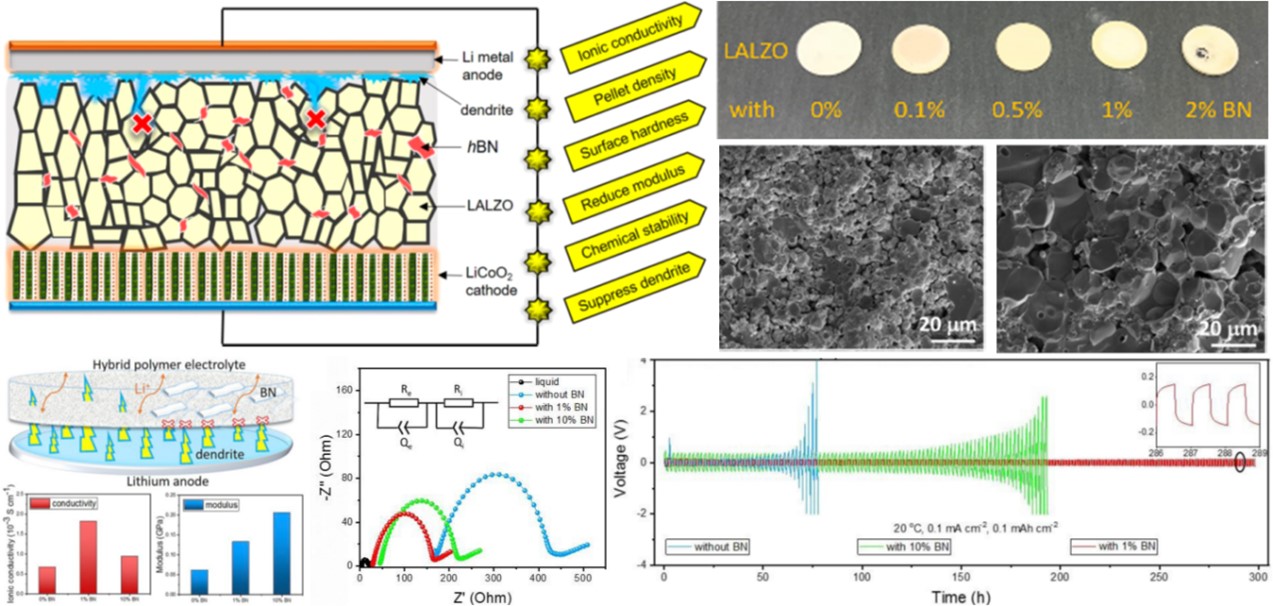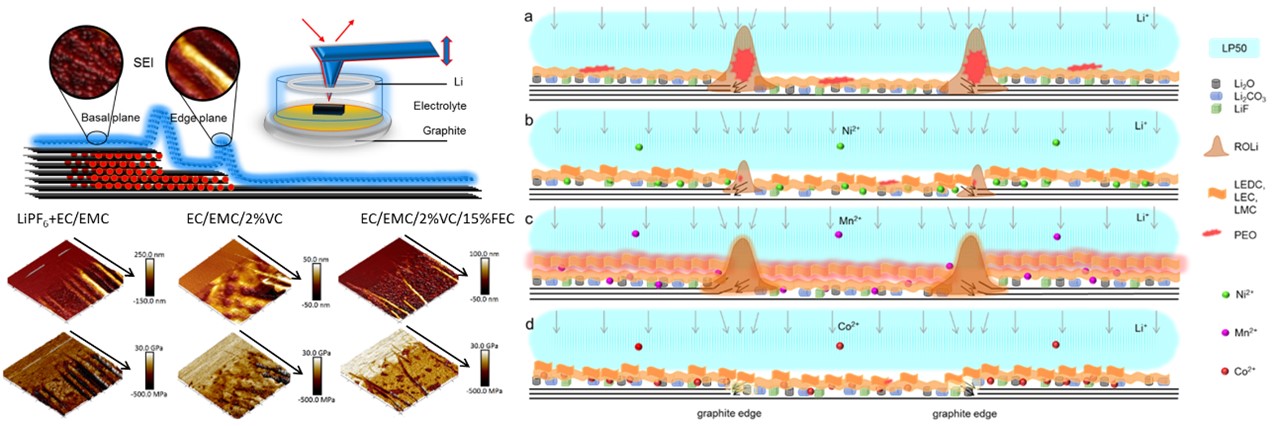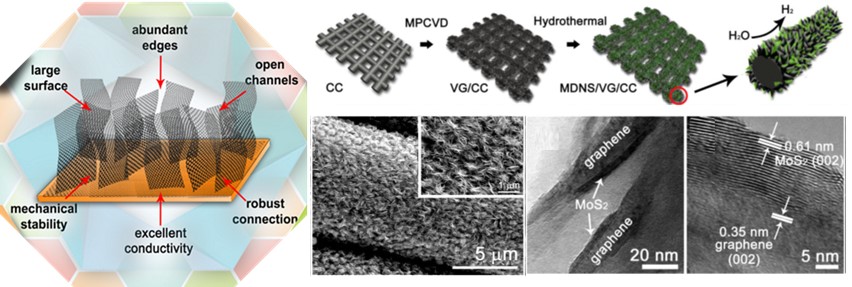Profile
Dr Zhenyu Zhang
Research Topics
- All-solid-state batteries:
Synthesis, characterization, and practical application of solid-state electrolytes, such as ceramic, polymer/salt and composite materials (with additives). By adopting lithium metal anode (or anode-free), the energy density of lithium-ion batteries could be significantly improved. Electrochemical analysis and characterization methods are combined to evaluate the properties of electrolytes. Meanwhile, novel synthesis methods are developed to lower the cost and enable large scale fabrication.

ACS Appl. Energy Mater., 2019, 2, 7438; https://pubs.acs.org/doi/10.1021/acsaem.9b01431
J. Power Sources, 2019, 435, 226736. https://www.sciencedirect.com/science/article/abs/pii/S0378775319307074?via%3Dihub
- In situ electrochemical characterization methods:
Degradation mechanism study of electrode/electrolyte bulk materials and interfaces in batteries during electrochemical operation, by various in situ/ex situ microscopy (e.g., atomic force microscopy), spectroscopy (e.g., Raman) and electrochemical methods (e.g., electrochemical quartz crystal microbalance, electrochemical impedance spectrum). The structural, chemical, electrical, mechanical properties of the interface between electrode and electrolyte (with additives and transition metal ion contaminates) are analysed during the electrochemical reactions.

Adv. Energy Mater., 2021, 2101518; https://onlinelibrary.wiley.com/doi/10.1002/aenm.202101518
ACS Appl. Mater. & Interfaces, 2020, 12, 35132. https://pubs.acs.org/doi/10.1021/acsami.0c11190
- Inorganic nanomaterials and electrochemical energy storage:
As lithium/sodium-ion battery electrodes, the nano/micro-structure of materials significantly impacts their electrochemical performance. By using advanced in-situ/ex-situ electron microscope, the structural and chemical evolution of the materials are studied. By employing various synthesis such as chemical vapor deposition, hydrothermal and sintering, the nano/micro-structures of the electrode materials can be optimised.

J. Mater. Chem. A, 2015, 3, 20527; https://pubs.rsc.org/en/content/articlelanding/2015/TA/C5TA05723J;
J. Mater. Chem. A, 2015, 3, 6990; https://pubs.rsc.org/en/content/articlelanding/2015/TA/C5TA00073D
Energy Storage Mater., 2018, 15, 65. http://doi.org/10.1016/j.ensm.2018.03.013

- Vertically aligned graphene arrays:
3D vertical graphene array on various substrates is synthesized by plasma enhanced chemical vaper deposition. These structures perform excellent properties and serve as perfect electrochemical catalysts for all vanadium redox flow battery electrode and hydrogen evolution reaction electrode (decorated with 2D MoS2 nanosheets).

Nano Energy, 2015, 18, 196; https://www.sciencedirect.com/science/article/abs/pii/S2211285515003936?via%3Dihub
Adv. Energy Mater., 2017, 1700678; https://onlinelibrary.wiley.com/doi/10.1002/aenm.201700678
Adv. Sci., 2016, 3, 1500276. https://onlinelibrary.wiley.com/doi/10.1002/advs.201500276
- Metal anode for Li/Na/Zn-ion batteries:
Dendrite suppressing by electrolyte modification, surface polishing or interface layer optimization. Characterization via in-situ/operando microscope and X-ray computational tomography.

J. Mater. Chem. A, 2021, 9, 15355; https://pubs.rsc.org/en/content/articlelanding/2021/TA/D1TA02682H
ACS Energy Lett. 2021, 6, 395; https://pubs.acs.org/doi/10.1021/acsenergylett.0c02371
ACS Appl. Mater. Interfaces 2023, acsami.2c19895. https://pubs.acs.org/doi/10.1021/acsami.2c19895
